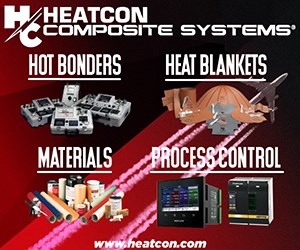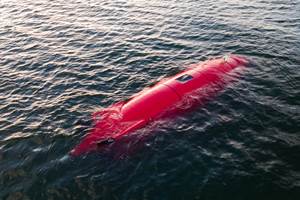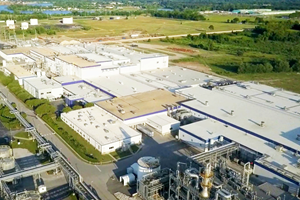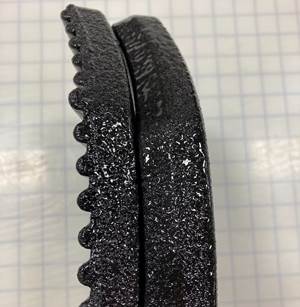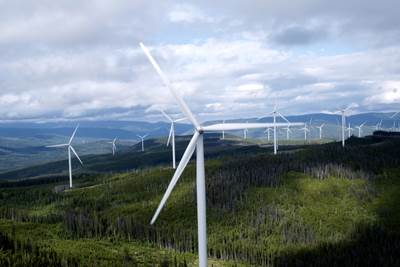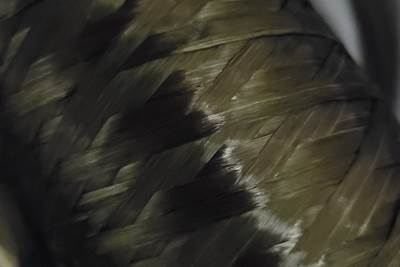IP vigilance: Good business?
CW editor-in-chief Jeff Sloan observes that in the composites industry, where much of what is considered to be trade secrets and proprietary knowledge really isn't, a better course might be to share that knowledge and, thus, advance the industry as a whole.
It’s mid-July as I write this, the time of year when a young CW editor’s thoughts turn to intellectual property.
I’ll explain this, but first some background. Each summer we begin editorial planning for the coming year. We do this for a couple of reasons. First, we must produce each fall a media guide to help real and prospective advertisers understand what their advertisement options are. Included in this guide is an editorial calendar, outlining in broad terms what stories we are featuring in each issue.
The second reason has to do with our editorial mission. CW is, at heart, a technical trade publication that emphasizes coverage of the use of established and emerging material and process technologies in real-world composites manufacturing. When they begin work on stories, then, our writers ask specific questions of their sources about how a part is designed, how tooling is developed, how the part is molded and finished. Almost all of the stories we publish require several months of research, fact-checking, review and final clearance before they can be sent to the printer.
If we encounter resistance from a source as we develop a story, it’s usually for one (or both) of two reasons: Concern about violating non-disclosure agreement (NDA) restrictions imposed by a customer/OEM (i.e., Boeing, Airbus, BMW, Vestas, etc.), or anxiety regarding protection of intellectual property (IP). We can get around the NDA by omitting information deemed, by the customer/OEM, to be “sensitive,” or by allowing the customer/OEM to review the story to check for NDA violations. Nine times out of 10 we can get a story to print this way.
Coping with IP concerns (aka trade secrets and proprietary data) in a source, however, can be trickier. This is because many composites fabricators believe they are in possession of a material or process that is unique to their company. We usually learn of this “secret sauce” while conducting an interview for a story when a source reveals some detail of material or process about which we’re writing. Then, during the review process, someone higher up the food chain will request that information be removed due to IP concerns — despite the fact the material and/or process in question is also in use by one or more other fabricators with whom we’ve also done stories.
Similarly challenging is our position in the industry as assemblers and purveyors of composites information. Much of our story research requires aggregation of information from multiple sources (papers, presentations, etc.) that are in the public domain. But sometimes, when this public information is collected into one story, our sources, again, become concerned about IP security. More than once we’ve had a source say, “l know it’s public information, but I did not realize you were going to put it all in one article.”
Such IP vigilance might seem like good business, but given the above, is it? Advancing innovation in the composites industry requires a tide that lifts all boats, and this demands a willingness on the part of suppliers, fabricators and OEMs alike to recognize the value of shared knowledge. The composites industry, given its relative youth and intense competition from legacy materials, needs to recognize that this is no time to cling jealously to perceived technological advantages, when greater advantage can be gained if we are more willing to talk openly about what we do and how we do it. In such a way, design and processing best practices can be more quickly optimized and fine-tuned.
This is, of course, easy for me to say. CW doesn’t manufacture parts and we have no IP to worry about in the same way as many of you do. But we do have a unique vantage point and see, probably better than anyone, how limiting IP protection can be. Information sharing will be severely tested in the next few years as the Institute for Advanced Composites Manufacturing Innovation (IACMI, Knoxville, TN, US) begins its work, which involves hundreds of suppliers, fabricators and researchers. IACMI has promised to protect IP, but also demands openness. The consortium’s success — and the composites industry’s success — might depend on how and where the industry draws its IP line.
Related Content
Large-format 3D printing enables toolless, rapid production for AUVs
Dive Technologies started by 3D printing prototypes of its composite autonomous underwater vehicles, but AM became the solution for customizable, toolless production.
Read MoreIndustrializing additive manufacturing in the defense/aerospace sector
GA-ASI demonstrates a path forward for the use of additive technologies for composite tooling, flight-qualified parts.
Read MoreToray Composite Materials America to double Torayca T1100 production capacity
The upgrade to the company’s Decatur, Alabama, carbon fiber plant is set to begin April 2023 in order to support rising demand in defense applications.
Read MoreUS Air Force selects Integris Composites ballistic body armor
Cratus Wave armor is thin, lightweight and reduces heat stress, providing buoyant personal protection for the 582nd Helicopter Group.
Read MoreRead Next
Composites end markets: Energy (2024)
Composites are used widely in oil/gas, wind and other renewable energy applications. Despite market challenges, growth potential and innovation for composites continue.
Read MoreCW’s 2024 Top Shops survey offers new approach to benchmarking
Respondents that complete the survey by April 30, 2024, have the chance to be recognized as an honoree.
Read MoreFrom the CW Archives: The tale of the thermoplastic cryotank
In 2006, guest columnist Bob Hartunian related the story of his efforts two decades prior, while at McDonnell Douglas, to develop a thermoplastic composite crytank for hydrogen storage. He learned a lot of lessons.
Read More




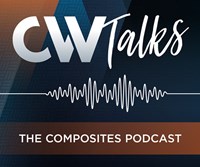

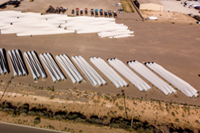


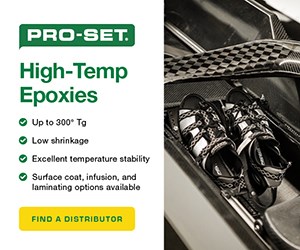
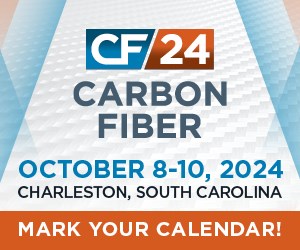


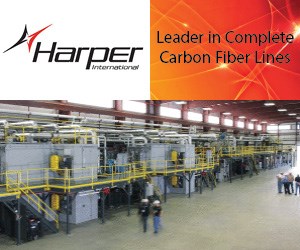
.jpg;maxWidth=300;quality=90)

